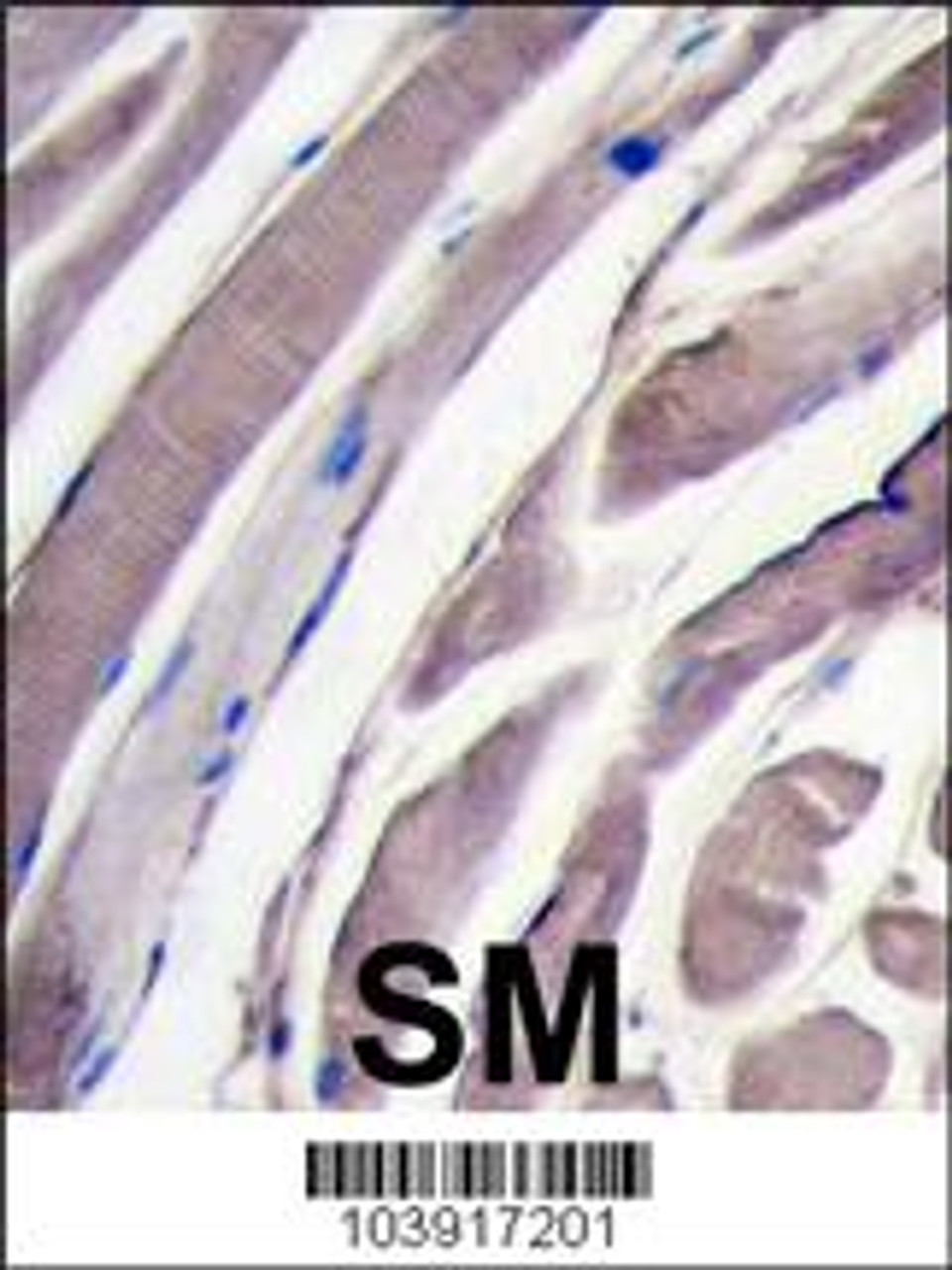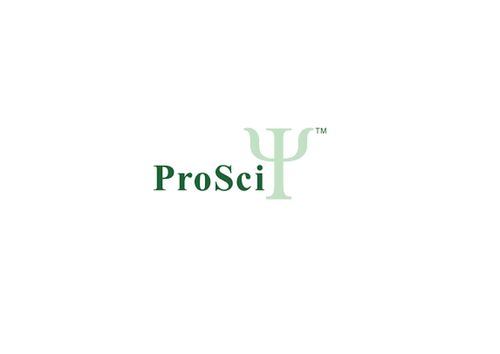Product Description
HK2 Antibody | 63-421 | ProSci
Host: Rabbit
Reactivity: Human
Homology: Predicted species reactivity based on immunogen sequence: Mouse, Pig, Rat
Immunogen: This HK2 (Hexokinase II) antibody is generated from rabbits immunized with a KLH conjugated synthetic peptide between 91-121 amino acids from the N-terminal region of human HK2 (Hexokinase II) .
Research Area: Cancer, Obesity, Signal Transduction
Tested Application: WB, IHC-P
Application: For WB starting dilution is: 1:1000
For IHC-P starting dilution is: 1:50~100
Specificiy: N/A
Positive Control 1: N/A
Positive Control 2: N/A
Positive Control 3: N/A
Positive Control 4: N/A
Positive Control 5: N/A
Positive Control 6: N/A
Molecular Weight: 102 kDa
Validation: N/A
Isoform: N/A
Purification: This antibody is purified through a protein A column, followed by peptide affinity purification.
Clonality: Polyclonal
Clone: N/A
Isotype: Rabbit Ig
Conjugate: Unconjugated
Physical State: Liquid
Buffer: Supplied in PBS with 0.09% (W/V) sodium azide.
Concentration: batch dependent
Storage Condition: Store at 4˚C for three months and -20˚C, stable for up to one year. As with all antibodies care should be taken to avoid repeated freeze thaw cycles. Antibodies should not be exposed to prolonged high temperatures.
Alternate Name: Hexokinase-2, Hexokinase type II, HK II, Muscle form hexokinase, HK2
User Note: Optimal dilutions for each application to be determined by the researcher.
BACKGROUND: In vertebrates there are four major glucose-phosphorylating isoenzymes, designated hexokinase I, II, III, and IV. Hexokinase is an allosteric enzyme inhibited by its product GLC-6-P. Hexokinase activity is involved in the first step in several metabolic pathways. HK3 is bound to the outer mitochondrial membrane. Its hydrophobic N-terminal sequence may be involved in membrane bindng. It is the predominant hexokinase isozyme expressed in insuline-responsive tissues such as skeletal muscle. The N- and C-terminal halves of this hexokinase show extensive sequence similarity to each other. The catalytic activity is associated with the C-terminus while regulatory function is associated wiht the N-terminus. Although found in NIDDM patients, genetic variations of HK2 do not contribute to the disease.
 Euro
Euro
 USD
USD
 British Pound
British Pound
 NULL
NULL












